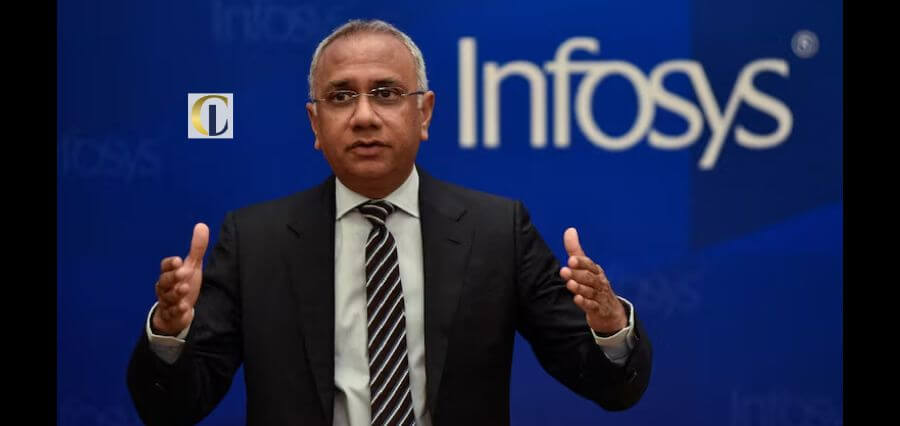With its inaugural offering this month, India is testing the waters of a slow global green bond market, aiming to generate $2 billion for sustainable projects. Indian officials have made it plain that they want a big “greenium” for the sale in order to reduce the country’s borrowing costs, which will need luring enough foreign investors to the rupee-denominated debt.
Last year, green bond sales fell for the first time in a decade as monetary policy tightening impacted issuance, and asset managers were chastised for apparent greenwashing. According to data, companies and governments globally raised $863 billion in green, social, and sustainability-linked bonds in 2022, a 19% decrease from the record $1.1 trillion raised in 2021.
According to people familiar with the matter, India is putting its first sovereign green bond on the radar of some of its largest domestic asset managers, including state-run insurers and pension funds, as well as foreign investors ranging from Japan to the United Kingdom in order to generate demand.
“We could possibly see quite a healthy level of interest, especially from the domestic investors,” given the larger macro backdrop, with rates and inflation nearing peaks, Nicole Lim, fixed income ESG analyst at abrdn plc in Singapore, believes that the market is oversold.
For the first time since the nascent market piqued the interest of prominent asset managers, green bond issuance decreased in 2022.
India may be a latecomer to the Asian green bond market, but sovereign issuers remain a small club outside of Europe. Despite the exchange rate risks associated with a rupee-denominated bond, this could increase the appeal of its sale to overseas investors with a green mandate.
Raising adequate money at a cheap cost will be critical for India, which relies on fossil fuels for more than half of its energy needs, to reach its renewable energy targets.
Aside from expanding renewable energy production, proceeds from the sale might be used to construct infrastructure that improves its resilience to rising temperatures and extreme weather. Globally, funding for climate adaptation has fallen far short of the 2015 Paris agreement’s 50-50 Share with mitigation (which attempts to cut emissions).
Given the lack of local ESG debt funds, Indian corporate issuers have not always found it worthwhile to incur the expense and labour of obtaining a green tag on their debt. The introduction of a clear benchmark with a government bond, as well as the potential for increased investor interest, might change that. Over $26 billion of this debt has been issued by Indian companies, mainly for renewable energy projects.
So far this year, at least two governments have used the green bond market, led by Hong Kong, which sold $5.8 billion in debt in three currencies. Ireland received €35 billion in orders for a €3.5 billion offering of 20-year bonds. Mere two days ago, Hong Kong issued green bonds to raise $5.8 billion.
The bonds are denominated in US dollars, Euros, and Renminbi. According to the Hong Kong Monetary Authority, this is Asia’s largest ESG bond sale to date.
The sale was more than 6x oversubscribed, generating more than $36 billion in orders. Because of the high demand for RMB-denominated bonds, the RMB tranches doubled in size to RMB10 billion.
The Singapore government announced the Singapore Green Bond Framework last year, which is a framework for the governance of sovereign green bond issuances.
The framework, according to the Monetary Authority of Singapore (MAS), details the Singapore government’s intended use of green bond proceeds, the governance structure used to evaluate and select eligible projects, the operational approach used to manage green bond proceeds and the commitment to post-issuance allocation and impact reporting.








